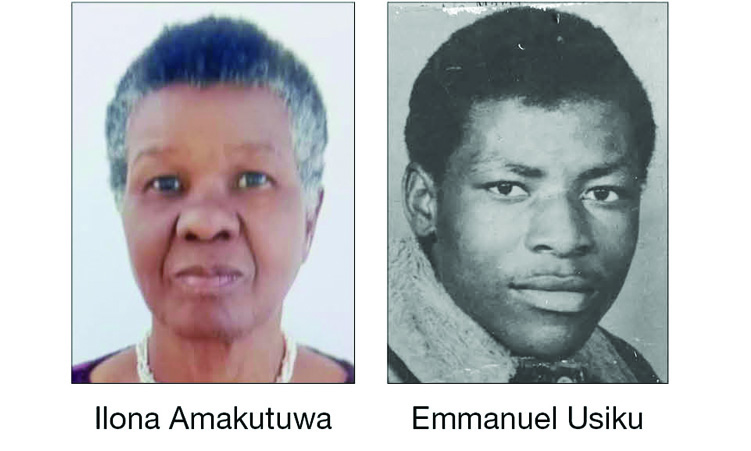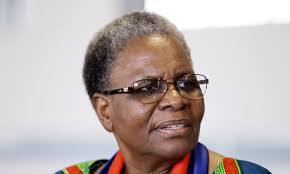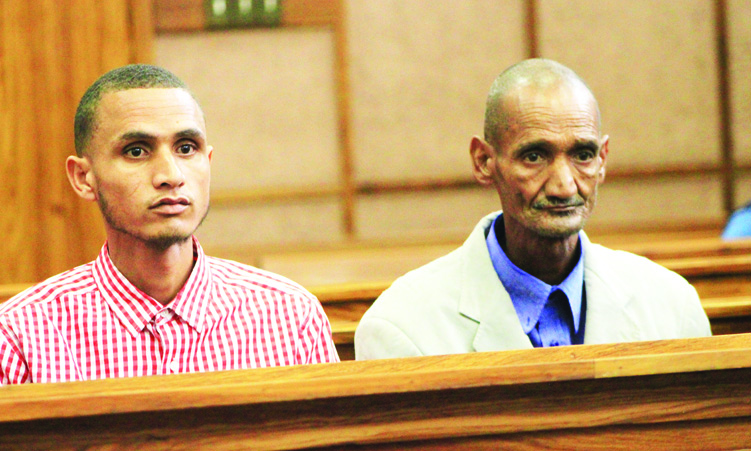Namibia has been sold to the world as having the best sunlight for solar energy, but not many households have set up solar panels on their roofs.
Published data from the Namibia Statistics Agency (NSA) shows that less than 10% of households, irrespective of poverty status, use solar energy for either cooking, heating or lighting.
This is despite constant complaints about the ever-increasing cost of electricity over the past years.
Even real estate agents have indicated that not many houses on the market are solar powered.
“Potential buyers are mostly interested in buying homes with solar geysers, but as in lighting and cooking, there aren’t many – only on farms,” says Aina Sheya, a Windhoek-based real estate agent.
Having a solar system set up for personal use has little to no technical requirements.
According to Electricity Control Board (ECB) general manager Pinehas Mutota, there are no regulations on individuals installing solar systems at home.
Applications for a capacity less than 500KVA are exempted from holding a licence, provided it is for private use.
In the event of commercial transactions, such as selling electricity to a third party, a licence is required.
For capacity more than 500KVA, a licence is required, regardless of whether it is for private or commercial use.
“As a homeowner you would not need a licence, because it is not possible for a single house to use that amount of KVA. The only tariff a homeowner would be required to pay is towards the municipality for net metering” Mutota says.
Net metering is an electricity billing mechanism that allows consumers who generate some or all of their own electricity to use that electricity any time, instead of when it is generated.
A constraint many consumers express when asked about using solar systems is the cost of installation.
According to solar experts who spoke to The Namibian, an average house uses 10 to 15kWh per day, and bigger houses about 20 to 25kWh per day.
Solar installation expert Sackeus Nakanyala says the average cost of a solar system installation in a two-bedroom house is around N$28 000 to N$30 000 without labour and transport, and around N$35 000, including labour and transport.
“There has been huge interest and an increase in the number of installations. The biggest constraint is finance options. Most people cannot afford these systems or do not qualify for loans,” he says.
Namibia has enormous potential for solar energy, yet 60% of the country’s energy is imported from neighbouring countries, and 40% of its population is disconnected from the grid.
With its ambitious goal to produce 70% of its energy through renewable energy sources, Namibia seems to be far from reaching this goal.
In his 2021 midterm budget review, minister of finance and public enterprises Iipumbu Shiimi said the treasury would introduce an electrical geyser tax, so as to cut the country’s carbon footprint.
He called for the citizens to rather opt for solar geysers.
In South Africa, where power issues are much worse, the uptake of solar energy is not popular either, as installation costs are considered high.
South Africa has introduced solar tax incentives at this year’s national budget, which finance minister Enoch Godongwana said was to encourage investments in the energy source.
– email: bottomline@namibian.com.na
Stay informed with The Namibian – your source for credible journalism. Get in-depth reporting and opinions for
only N$85 a month. Invest in journalism, invest in democracy –
Subscribe Now!










